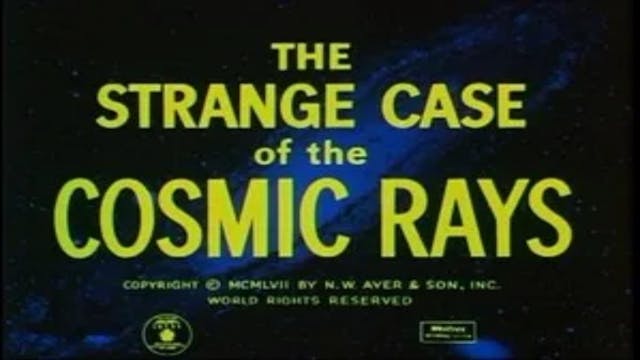How did the ancient egyptians know about this !
Source Wikipedia.
A Crookes tube (also Crookes–Hittorf tube) is an early experimental electrical discharge tube, with partial vacuum, invented by English physicist William Crookes and others around 1869-1875, in which cathode rays, streams of electrons, were discovered.
Developed from the earlier Geissler tube, the Crookes tube consists of a partially evacuated glass bulb of various shapes, with two metal electrodes, the cathode and the anode, one at either end. When a high voltage is applied between the electrodes, cathode rays (electrons) are projected in straight lines from the cathode. It was used by Crookes, Johann Hittorf, Julius Plücker, Eugen Goldstein, Heinrich Hertz, Philipp Lenard, Kristian Birkeland and others to discover the properties of cathode rays, culminating in J.J. Thomson's 1897 identification of cathode rays as negatively charged particles, which were later named electrons. Crookes tubes are now used only for demonstrating cathode rays.
So whi gave the ancient Egyptians that knowledge !
Up Next in Amazing Human History
-
The Strange Case of the Cosmic Rays (...
The Strange Case of the Cosmic Rays is an examination of what cosmic rays are and how they work. It was written by Capra with Jonathan Latimer, a crime fiction novelist and screenwriter. As Gilbert describes it, the third and fourth films "repeated the formulas of his earlier work while ever sear...
-
Stillman Fires Collection: Tacoma Fir...
Footage of the Tacoma Narrows bridge wobbling and eventually, collapsing.
from Stillman Fires Collection.
-
Inside Story of Modern Gasoline refin...
Combination animation/live-action film showing how gasoline is refined and used. With striking images of gas stations, auto travel, and automobiles.
Shotlist
Describes (in partly animated form: you know, "talking gasoline drops," etc!) the refining of gasoline, it's chemical breakdown, etc; excel...




4 Comments